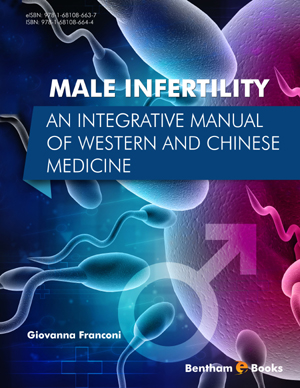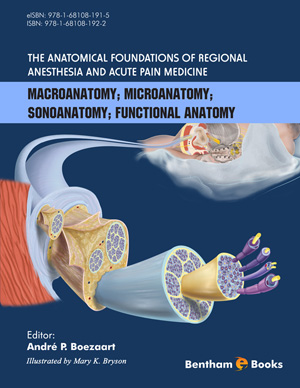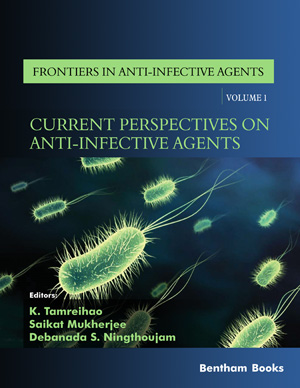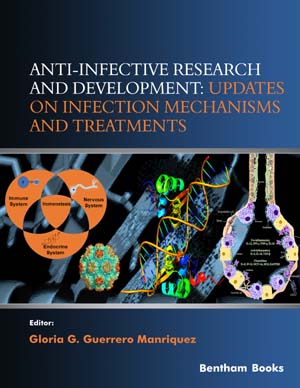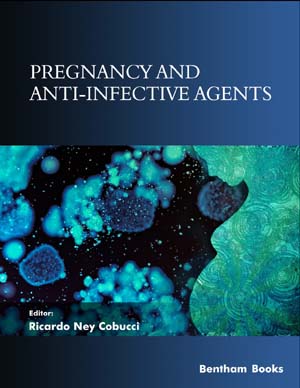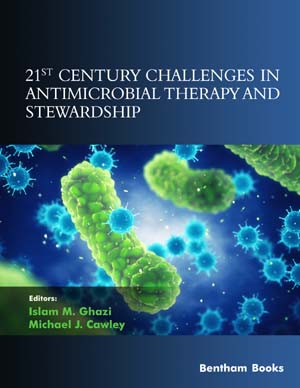Abstract
The advent of innovative recombinant DNA technology has made antibodies a new generation of pharmaceuticals for diagnosis and therapeutics. For the past few decades, minimal antigen-binding fragments, such as Fab (fragment antigen binding), Fv (fragment variable), and single variable domains (sVD), have emerged as credible alternatives to monoclonal antibodies (mAb) in many applications. These recombinant antibody fragments (rAbFs) retain the target specificity and affinity of whole mAbs and have the advantages of economical production, superior biodistribution, easy genetic manipulation and chemical modification to create reagents with required properties for a range of diagnostic and therapeutic applications. To enhance their application efficiency, these fragments have been engineered into multivalent, multispecific, or fusion molecules, or linked to therapeutic payloads (e.g. radionuclides, liposomes, toxins, cytokines, enzymes, and anti-sense RNA) that perform a specific function. The advances of selection technologies (e.g. phage-, ribosome-, and yeast-display) and the emergence of various production systems (e.g. bacteria, yeast, plants, and mammalian cells) have significantly facilitated rAbF development and diversified their applications. This chapter primarily focuses on the current advances in antibody engineering for improving the diagnostic or therapeutic applications of rAbFs.
Keywords: Antibodies, Engineering, Applications, Diagnosis, Therapeutics.














